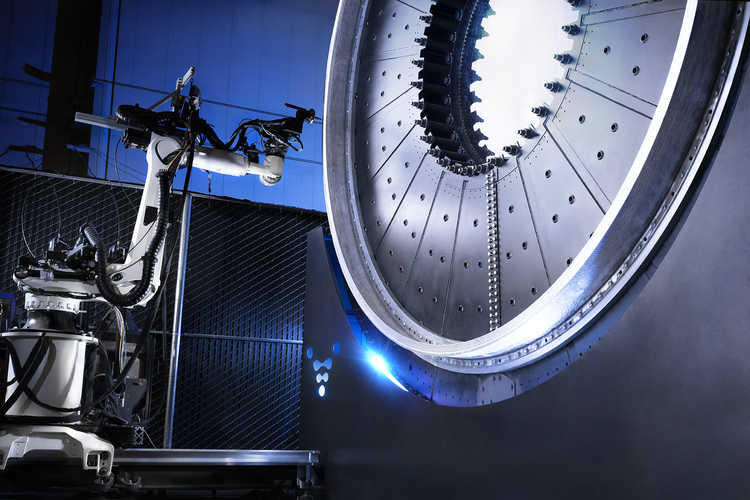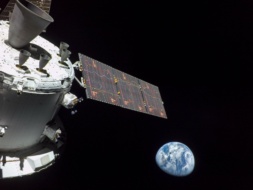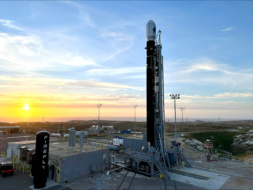Relativity is adding two new 3D printing technologies to its repertoire to build the larger, heavy-lift Terran-R, CEO Tim Ellis told Payload.
“Aeon R is a pretty giant engine. Not just thrust, but I think the size of it,” Ellis said. “So the two new printing technologies are necessary to start doing some hybrid additive manufacturing.”
Some background: Relativity announced last month that it was abandoning its Terran 1 rocket after its first flight, and instead pursuing Terran-R, a 270-ft (82 m) tall rocket that is expected to launch in 2026.
The shift to the larger rocket will help Relativity meet growing customer demand for a heavy-lift alternative, Ellis said, adding that customers do not want a SpaceX monopoly.
“There’s not a second disruptive launch company yet in the US that’s in the medium- to heavy-lift payload market. I think that trophy is still completely unclaimed,” he said.
Other companies vying to compete with SpaceX include:
- Ariane 6 from ArianeGroup for ESA, which could launch late this year
- ULA’s Vulcan, which had its first flight delayed from this month until June or July
- And Blue Origin’s New Glenn, which has been delayed multiple times
The tech: Ellis said the company isn’t ready to reveal all the details of its new printing techniques. But he did say they would work with different metals, like copper and high-strength, nickel-based alloys that can withstand high temperatures.
He also said Terran-R’s large nozzle could not be printed using old techniques.
“There’s a very large regeneratively cooled nozzle skirt, so that gives really good performance so you don’t need a bunch of foam cooling, but it’s also quite big and detailed,” he said. “So we had to create a new printing tech that is basically more detailed, but still does very large things.”
Launch focused: Despite the planned advancements in 3D-printing tech, Ellis said the company is still focused on launch, not on monetizing its printing capabilities to build things other than rockets.
“The launch market itself is just such a burning need and problem that needs to be solved. I’m very convinced, it’s inevitable that somebody’s going to be the next great launch company,” he said. “We’re really just very focused on getting there and not getting spread too thin.”




